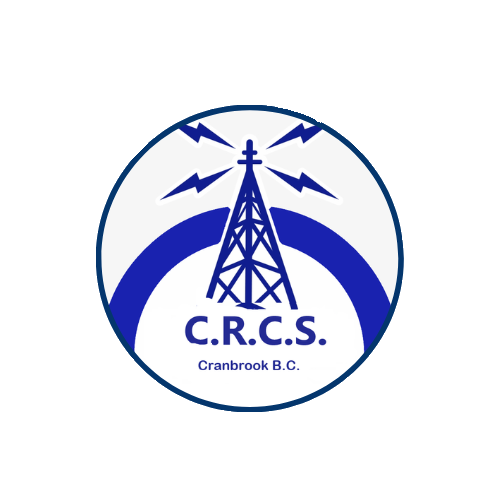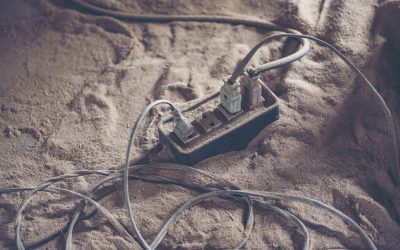In the world of amateur radio, the ability to operate independently of the power grid is a significant advantage. A solar-powered portable station offers this independence, allowing operators to set up in remote locations, participate in emergency communications, or simply enjoy the freedom of off-grid operation. This guide will walk you through the essential components and considerations for building your own solar-powered portable station.
Understanding the Basics
Before diving into the specifics, it’s important to understand the core components of a solar-powered portable station:
- Solar Panels: These capture sunlight and convert it into electrical energy.
- Charge Controller: This device regulates the voltage and current coming from the solar panels to prevent overcharging the batteries.
- Battery Storage: Batteries store the energy generated by the solar panels for use when sunlight is not available.
- Power Distribution: This system distributes the stored energy to your radio equipment and other devices.
Selecting the Right Solar Panels
For portable operations, the choice of solar panels is crucial. Foldable or rollable panels are popular due to their lightweight and compact design. When selecting panels, consider the following:
-
Wattage: Ensure the panels can generate enough power for your needs. A 60 to 120-watt panel is typically sufficient for most portable operations.
-
Portability: Look for panels that are easy to transport and set up.
-
Durability: Choose panels that can withstand the elements, especially if you’ll be operating in harsh conditions.
Choosing an Appropriate Charge Controller
The charge controller is a vital component that ensures your batteries are charged safely and efficiently. There are two main types:
-
PWM (Pulse Width Modulation): These are simpler and more affordable but less efficient.
-
MPPT (Maximum Power Point Tracking): These are more efficient, especially in variable light conditions, and are recommended for larger systems.
When selecting a charge controller, ensure it’s compatible with your battery type and has the necessary features for your setup.
Battery Storage Options
Batteries store the energy generated by your solar panels for use when sunlight isn’t available. For portable operations, Lithium Iron Phosphate (LiFePO4) batteries are a popular choice due to their lightweight, long lifespan, and safety features. When choosing a battery:
-
Capacity: Ensure the battery has enough capacity to power your equipment for the desired duration.
-
Voltage: Match the battery voltage with your equipment requirements.
-
Portability: Consider the weight and size, especially if you’ll be transporting the battery frequently.
Setting Up Power Distribution
A power distribution system allows you to connect multiple devices to your battery safely. Features to look for include:
-
Multiple Output Ports: To connect various devices.
-
Fuses or Circuit Breakers: For safety and protection against overcurrent.
-
Voltage and Current Monitoring: To keep track of power usage and battery status.
Some power distribution units also include USB ports for charging mobile devices, adding versatility to your setup.
Integrating Your Radio Equipment
Once your power system is set up, it’s time to connect your radio equipment. Consider the following:
-
Voltage Requirements: Ensure your radio operates within the voltage range provided by your battery.
-
Current Draw: Be aware of your radio’s current consumption, especially during transmission, to ensure your battery can handle the load.
-
Connectors: Use appropriate connectors and cables to ensure a secure and efficient connection.
Practical Considerations for Field Use
Operating in the field presents unique challenges. Here are some tips to ensure a successful setup:
-
Sunlight Availability: Position your solar panels to maximize exposure to sunlight throughout the day.
-
Weather Conditions: Be prepared for changes in weather, and protect your equipment from moisture and extreme temperatures.
-
Transport and Setup: Choose equipment that is easy to transport and quick to set up and dismantle.
-
Backup Power: Consider carrying an additional battery or alternative power source as a backup.
Maintenance and Safety
Regular maintenance ensures the longevity and reliability of your solar-powered station:
-
Inspect Connections: Regularly check all connections for signs of wear or corrosion.
-
Clean Solar Panels: Keep panels clean to maintain efficiency.
-
Monitor Battery Health: Use a battery monitor to track the health and charge status of your battery.
-
Safety Precautions: Always follow safety guidelines when handling electrical components.
Building a solar-powered portable station is a rewarding project that enhances your amateur radio capabilities. By carefully selecting and integrating the right components, you can achieve a reliable and efficient setup that provides independence from the power grid. Whether you’re operating in remote locations, preparing for emergencies, or simply seeking the freedom of off-grid communication, a solar-powered station is a valuable asset for any amateur radio enthusiast.




